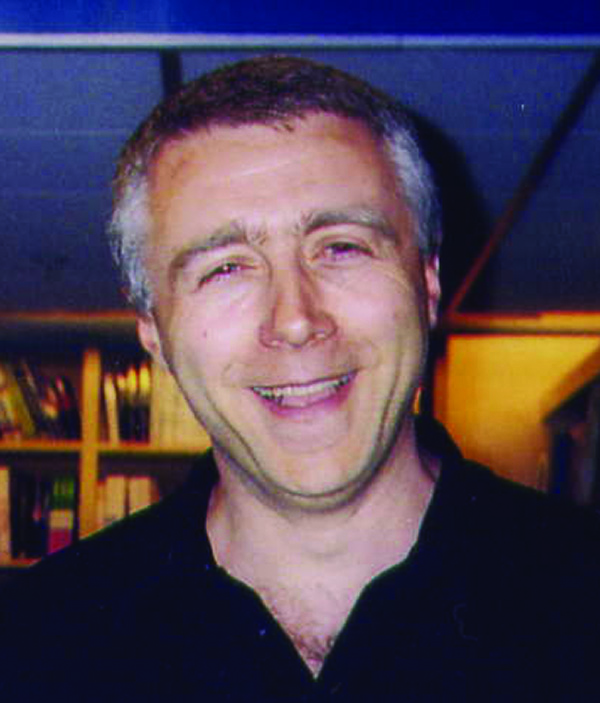Sometime in the next year, astronomers expect to obtain the first-ever picture of a black hole. Lurking in the dark heart of our Milky Way is the relatively large black hole, known as Sagittarius A*. The data to create the image, which has been obtained by a global network of radio telescopes, is currently being processed on a supercomputer in the US.
A black hole is a bottomless pit in the fabric of spacetime from which nothing, not even light, can escape. Nature, for a reason nobody understands, seems to have fashioned two distinct types of black holes. There are ‘stellar-mass’ ones, resulting from the implosion of the core of a massive star in a ‘supernova’; and there are ‘supermassive’ ones of up 50 billion times the mass of the Sun. Nobody knows the origin of the latter kind or why there seems to be one lurking like a black widow spider in the heart of essentially every galaxy.
Read more:
Black holes are an enormous challenge to ‘see’ because – obviously – they are black, and they cram their mass into the smallest possible volume of space – a 10 solar mass black hole, for instance, is a mere 60 kilometres across. Whereas supermassive black holes are much bigger than stellar mass black holes, but they suffer from the problem that they are far away and therefore also appear small. But Sagittarius A* is both big and relatively nearby – 4.3 million solar masses and 26,000 lightyears away.
Sagittarius A* is the prime target of the Event Horizon Telescope (EHT). This collection of radio dishes scattered across the globe (including one at the South Pole), combined have the same ability to zoom in on a celestial object as an Earth-sized telescope.
The EHT actually collected most of its data on Sagittarius A* during an observing run in December 2017. However, extracting an image is a long and laborious process. It involves flying data tapes from each telescope to a central computer, or ‘correlator’, belonging to the Massachusetts Institute of Technology (MIT).
The key thing to understand is that the individual dishes of the EHT can be considered as tiny elements of a filled-in dish the size of the Earth. But, whereas the radio waves impinging on each element of a filled-in dish are reflected to a ‘focus’ where they are naturally combined, this does not happen for the ‘elements’ of the EHT. This process must be mimicked by playing back the signals on a computer and exactly reproducing the time delays there would naturally have been between them at the focal point.
Those delays have to be altered to account for such things as differing turbulence in the atmosphere above each dish.“Each time we adjust parameters in the way wecombine data from across the EHT network, it takes many weeks,” says the leader of the EHT team, Shep Doeleman of MIT. “You can think of this as an astronomer tweaking the focus in a single telescope to sharpen the image.Imagine if you had to wait weeks between each focus adjustment in an optical telescope in order to see if the image got sharper!”
Although the sheer volume of data is daunting, Doeleman says he and his colleagues are making good progress. “We are hoping to have first results in the first quarter of 2019.”
The ‘event horizon’ is the imaginary membrane that cloaks a black hole and marks the point of no-return for in-falling light and matter. It is described by Einstein’s theory of gravity, the General Theory of Relativity. Physicists know that this theory is incorrect because it predicts an infinite – and therefore nonsensical – density for the ‘singularity’ at the centre of a black hole. The big question is: will the EHT confirm Einstein or – and this is the most exciting possibility – fail to find an event horizon and so point the way to a deeper and better theory than Einstein’s?
In addition to observing Sagittarius A*, the EHT is observing the supermassive black hole in the nearby ‘giant elliptical galaxy’, M87. Although this black hole is about 7 billion times the mass of the Sun – and therefore about 2,000 times bigger than Sagittarius A* – its greater distance of 56 million lightyears means that from the Earth it appears about half as big.
The aim of the EHT project is not simply to obtain one-off images of the supermassive black holes in the Milky Way and M87, but to monitor how these objects change. By 2025, not only should we have images of the event horizons of two black holes, but we will be able to see how they have evolved year by year.
Follow Science Focus onTwitter,Facebook, Instagramand Flipboard
